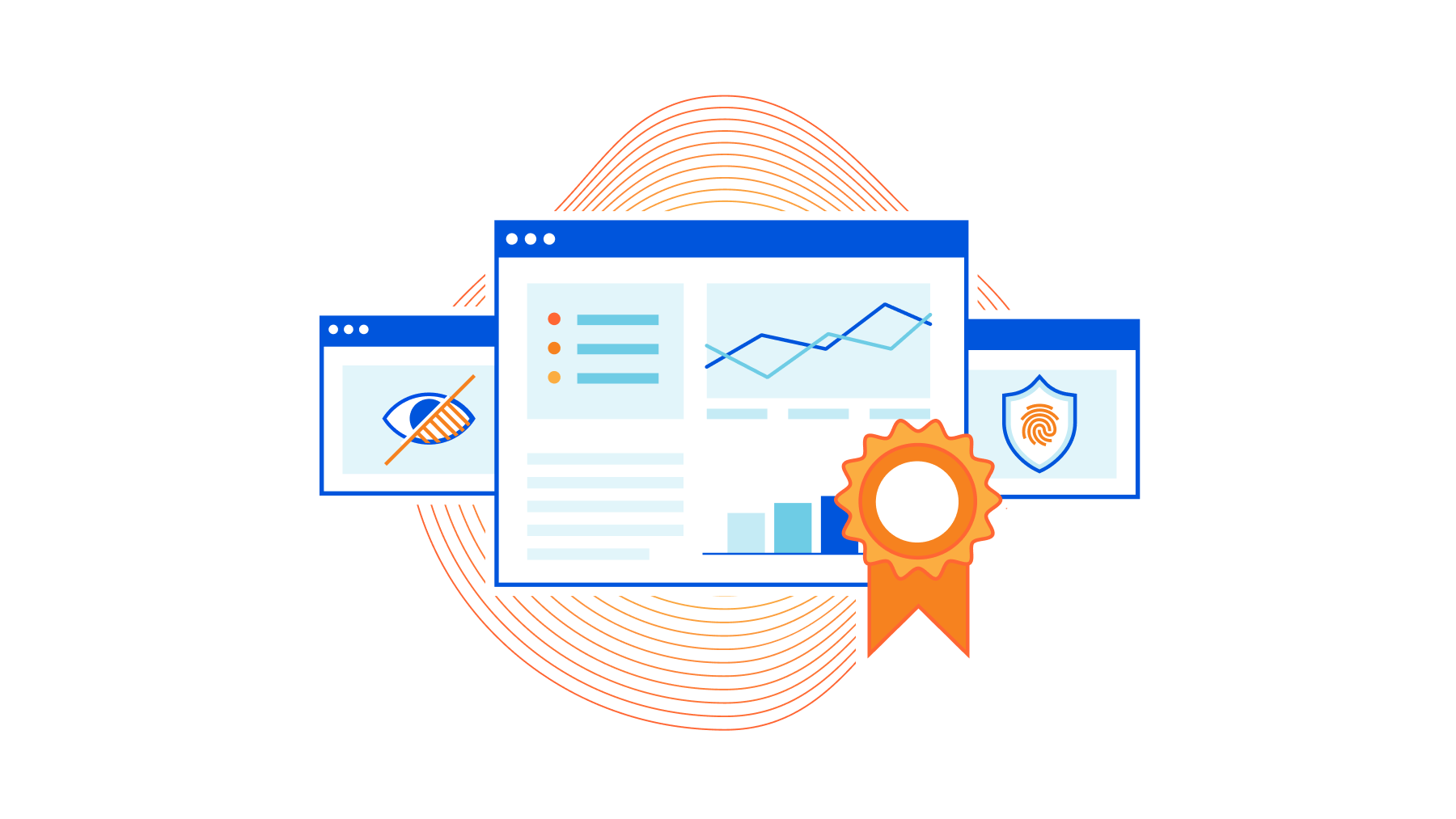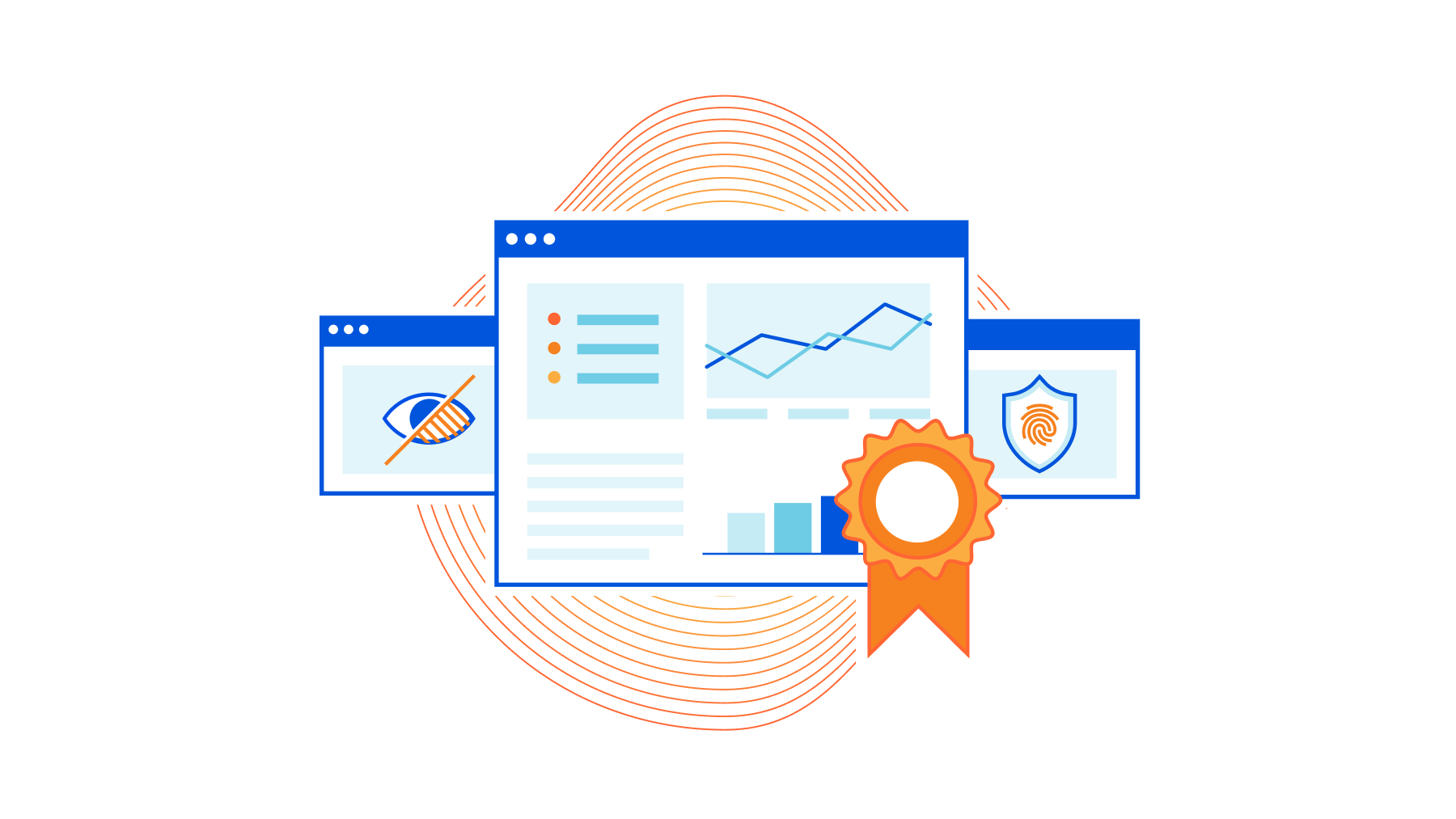Cloudflare is joining Pledge 1%


One theme we've prioritized this year at Cloudflare is how we can “level up” — level up service to our customers, level up the growth of our network, level up speed and creativity as we innovate.
In addition to our products and business, “leveling up” should also apply to the way Cloudflare gives back. Since our founding, giving back has been part of Cloudflare’s DNA, whether it’s through free services like Unmetered DDoS Mitigation or Universal SSL, giving gifts to the Internet every year during Birthday Week, or through free programs like Project Galileo that helps protect at-risk public interest organizations all over the world: for example, human rights activists and journalists. As the capabilities of our network continue to grow, we know there is more we can do. As we started to plan our first Impact Week, it seemed like the right time to figure out how we can level up how we give back to our communities.
To help us get there, I am excited to announce that Cloudflare is joining Pledge 1%. We're joining the more than 12,000 companies in 100 countries that are committed to making a tangible, positive impact in their communities. As part of Continue reading














